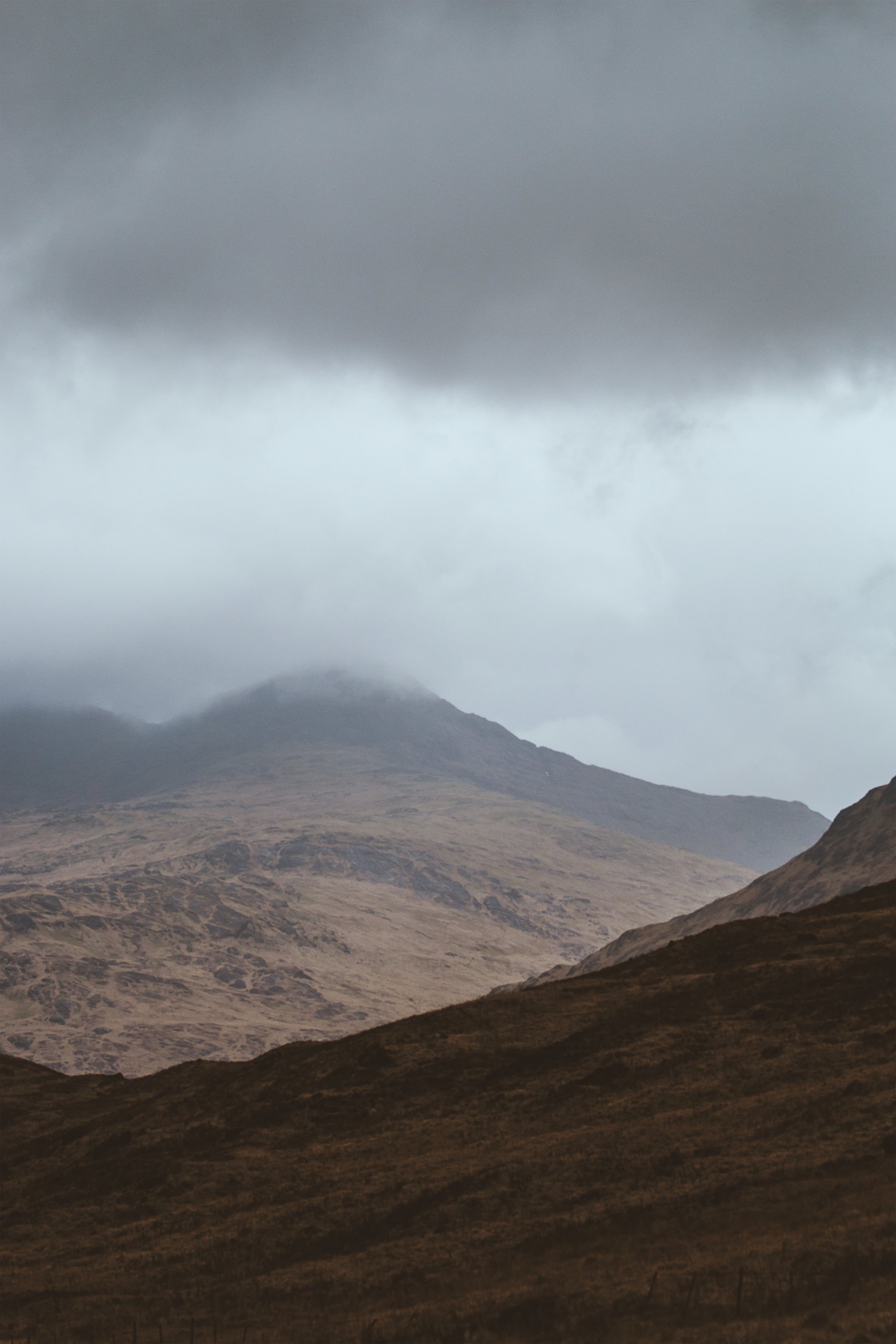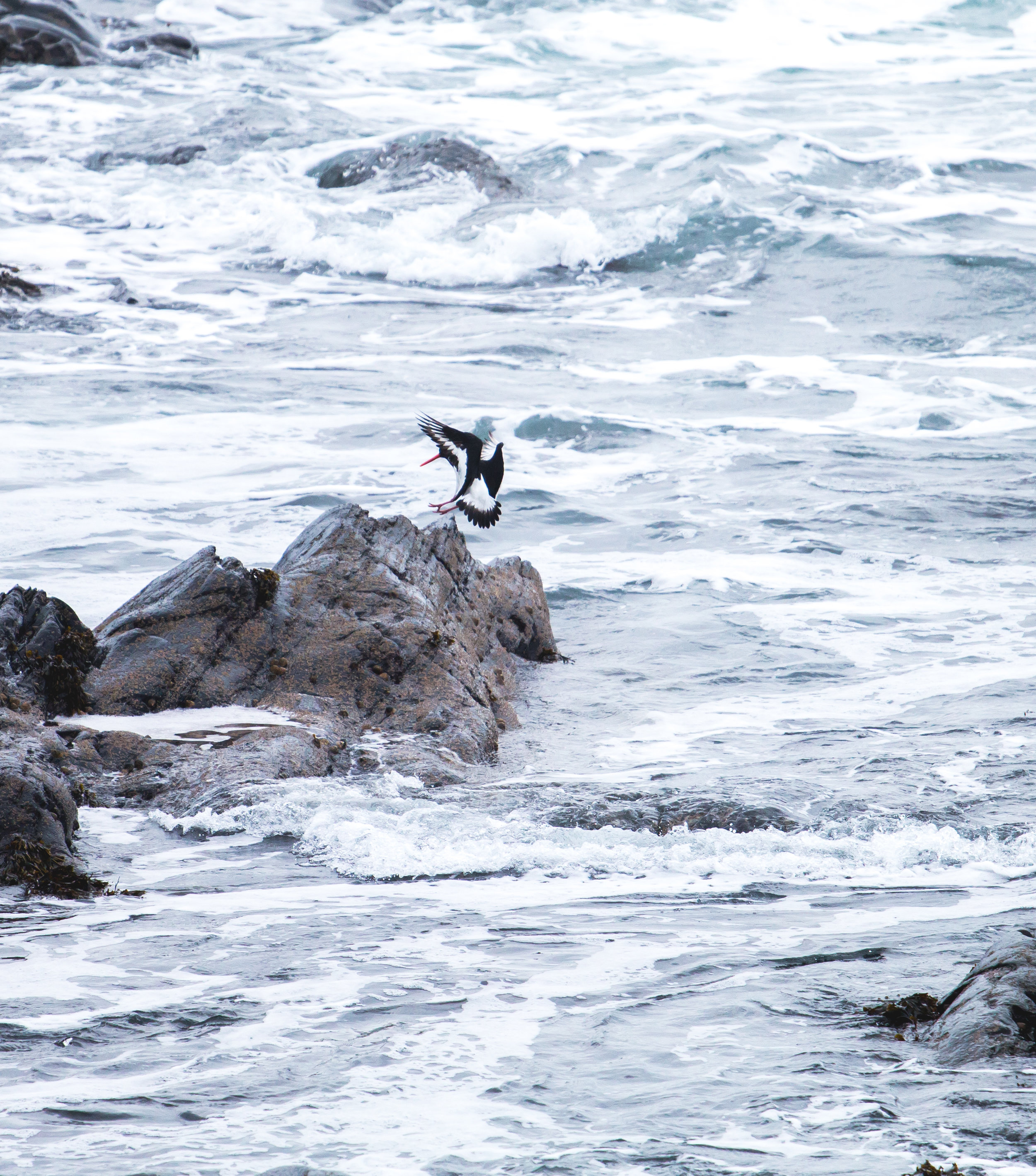I often discuss the beauty and history of Argyll but I don’t often touch upon the diverse wildlife that this part of Scotland has to offer which is why I specifically asked if I could have a wildlife tour while on the ‘Heart and Soul of Scotland’ campaign with Wild About Argyll. I do regularly see wildlife on my travels around Argyll and the rest of Scotland but I wanted a better insight on how to spot wildlife and to learn more about the species which we share the land with. If you have read my previous blog you’ll have seen the first thing I did on this trip was a wildlife tour of Mull with Wild about Mull. My guide, Bryan shared his vast amount of knowledge and offered tips which then helped me spot wildlife on the rest of my trip.
OTTERS
As a wee girl I read Otter in the Outhouse by Lucy Daniels and since then otters have been my favourite Scottish species. I just love how playful they are and I think their illusiveness just adds to their appeal. I’ve seen a couple over the years but usually from a distance so when Bryan asked what I wanted to see the most my answer was of course otters. We spent about two hours scanning the waters on both sides of Loch Scidain before Bryan finally spotted a mother and cub. Spending two hour of fruitless searching may sound frustrating and boring but it was anything but. I found it really exciting, I was constantly alert never knowing when something might appear and Bryan kept assuring me I would see something. He said he’s never had a disappointed customer so that kept me feeling optimistic. Listening to Bryan was also fascinating, he had so much knowledge and knew the name of every bird, butterfly and plant we passed or I asked about. He also shared tips on spotting otters which helped me and hopefully will help you too.
10 otter spotting tips!
Be patient, they will appear at some point.
It’s always worth looking, you often read they are best seen at dawn/dusk on a low tide but they can be seen at anytime.
Look out for slimy green patches on rocks, this is a good indication that there are otters in the area. They mark there territory by spraying which leaves slime on the rocks.
If you are driving along travel around 10mph, any faster and you will miss them. (just remember to be courteous to other road users and use passing places)
If there are ducks, geese etc close to the shore line the chances are you won’t find otters around the immediate area as these birds view otters as a threat.
Look out for fresh water burns running into the sea, otters need fresh water to wash their fur of salt to keep it as an effective insulator.
If walking along the shore line look out for remains of crabs and other shells this will give an indication if otters are in the area as this is what they feed on.
Stay down wind so the otters won’t smell you.
Try to conceal yourself if possible, the otter will probably see you before you see them and if you’re standing tall on the beach you’re going to stand out like a sore thumb.
Finally stay as quiet as possible and RESPECT THE OTTER. Don’t get too close or so anything that may frighten the animal.
Thanks to Bryan’s tips I spotted more otters as I travelled down towards Fionnphort, I quietly watched them for about 40 minutes. The mother was well aware I was there but because I was quiet, moved slowly and kept my distance she didn’t mind.
That otter experience was fantastic but last winter I also had an amazing otter experience on Mull, this time on the shores of Loch Na Keal. My boyfriend and I had been driving around the island for hours looking for otters and were about to give up when I spotted a family running along the shore. There is a video of that sighting below..
SEALS
Seals are probably the animal I see most often when travelling around Argyll and I probably just take them for granted but if you don’t live around the coast I can imagine seeing a seal is quite exciting. Seals are also connected with many Scottish myths and legends including that of the Selkies. Selkies look like seals when in the sea then undergo magical metamorphosis when leaving the water to become a beautiful human when on land or so the legend goes.
On my travels I saw both Common and Grey seals, Scotland holds such a large percentage of the UK’s population of seals with 83% and 90% respectively. You’ll often find them lounging about on rocks near the shoreline and bobbing about in the shallows. On my trip I spotted them in many places including Carsaig on Mull, the Craignure ferry terminal, the Kilberry loop between Tarbert and Lochgilphead, Southend in Kintyre and on Loch Fyne.
DEER
Like seals deer are as common as muck throughout Argyll and the rest of Scotland with 4 species found here, the mighty Red Deer, Roe Deer, Sika Deer and Fallow Deer. There are thought to be up to 750,000 of them. So as you can imagine spotting them is not difficult. While travelling around I spotted them on the shores of Loch Scridain while out with Bryan, and on the hills of Mull. I also see them regularly close to the road in Kilmartin Glen which can be a little worrying at times. I also spotted ones when driving around Kintyre and on The Rest and be Thankful. The photographs below were taken on Mull and I didn't even have to get out the car to take the pictures. Deer are quite a good animal to go looking for if you are not very adventurous but want to see wildlife or if you have mobility issues and can’t walk far as you often see them close to the road.
But please DO NOT EVER FEED THE DEER CHOCOLATE BISCUITS, CRISPS OR ANY OTHER HUMAN FOOD! This type of food is so bad for the deer. Feeding deer the wrong food can cause a condition called acute Acidosis which is like IBS in humans but this condition can be fatal. Deer can’t digest high carb food leading to heart breaking stories of deer dying because they cannot digest the food. They effectively starve to death even though their stomachs are full. So please, if you are lucky enough for deer to come close to you and you feel the needs to feed them just pick up some grass and heather, their natural sources of nutrition.
RED SQUIRRELS
Argyll is one of the last remaining places in Britain that is purely dominated by red squirrels, there is not a single grey in the whole county which is great as grey squirrels are a serious threat to their smaller red cousins. Argyll has a really healthy population of these cheeky wee characters but unlike the deer they are a little more tricky to spot. I have seen them when wandering through the forests but it is a rarity. For this reason if I want to photograph red squirrels I often head to gardens like Crarae, Arduaine and Benmore as they all have feeding areas which the squirrels frequent plus squirrels living in these gardens are much more used to humans. I just love watching them scurrying around and nibbling at their food, they are probably the cutest of Scotland’s animals. The pictures below were taken in Benmore Garden’s near Dunoon. The one on the right obviously had a bad itch and the one on the left was a fierce wee beggar, no one was allowed anywhere near his spot or his collection of nuts.
BIRDS
Argyll has such a diverse variety of birds, you’ll find everything from Herons to Oyster Catchers, Jays to Blue Tits and even Kingfishers and Owls but my favourites have to be the big birds of prey, especially Eagles! I often see Buzzards flying around from my window but I’m not lucky enough to see eagles from my house. For Eagles the best place to head is Mull, I’ve never been to Mull and not seen an eagle. You get both White Tailed and Golden on the island and when I visited I saw both in Glen More but unfortunately they were a bit far away for decent pictures. Below is a picture of a White Tailed Eagle from a previous trip and a photo from the location I saw the Golden Eagle, at this point it had just disappeared into the cloud. When I spotted the eagle it was sitting high on a mountain ridge over looking its nest before taking off and soaring high into the clouds.
On my trip I also saw Buzzards, Ravens and Oysters Catchers pictured below.And hundreds of Herons which I never actually look any pictures of as they are so common.
Looking back now I was really fortunate to see all that wildlife, especially since I was moving around quite a bit and wildlife watching often requires a lot of waiting around and patience, This is only a small selection of wildlife you can see around the land and sea of Argyll. Over the years I’ve also seen foxes, badgers, snakes, stoats and even a sighting of a rare Wildcat. While crossing on the ferries to the islands I’ve been lucky enough to see Dolphins, Porpoises, Basking Sharks and even Killer Whales!
















